When I first heard about essential oils, I was so excited that I wanted to jump right in. I was amazed how companies could use a closed loop co2 extractor to extract such an amazing product. I read a few things here and there and thought I had a pretty good grasp on essential oil safety and the ins and outs.
Looking back I now realize how ignorant I really was.
Everyone has to start somewhere, but I now wish that I had read an article like I’m writing today on essential oil safety.
Why Learn About Essential Oil Safety
There are many reasons to learn about essential oils a little more deeply:
- Safety for children
- Safety for Pets
- Save Money by Using Essential Oils Correctly
- Knowing how to spot allergic reactions
- Learning how photosensitivity and sensitivities to oils develop.
All of these points about essential oil are very important. And it’s not just about safety, it’s about using them correctly so that you save money.
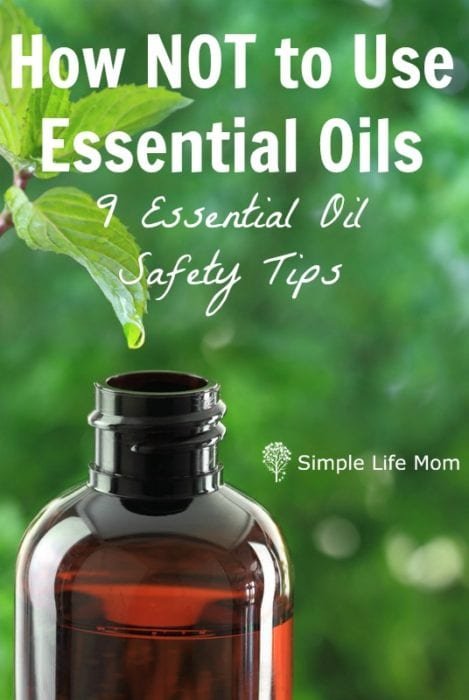
This is not an oil bashing article.
I love essential oils! But, it’s just not as simple as rubbing on some olive oil. After all, your skin is the biggest organ your body has. It absorbs a very large percentage of what you put on it into your cells. Sometimes cells are nourished, sometimes they are damaged. Sometimes they are killed.
What you put on your skin can be hard on your liver or other organs as well.
Even your lotions, shampoos, makeup and soap can be harmful (That’s why I recommend homemade lotion, shampoo, and soap). So, what effect do potent essential oils make on your organs and internal systems? All this to say, considering essential oil safety is extremely important.
This may get a little controversial.
After all, this is the age of everyone feeling their every thought must be heard. But where topics are debated I will tell you that and why so that you can do more research of your own in order to make a wise decision.
Essential Oil Safety Tips
1) Essential Oils are not Herbal Extracts or Infusions
Essential oils are made of the volatile oils….taken from within a plant’s oil.
When you buy a bottle of pure essential oil, you are buying just the volatile oil of a plant. Meaning, it is so light that it evaporates when the plant oil is heated. That oil is captured and bottled just for you.
I see pictures on Pinterest all the time for making your own essential oil. If you click through, you’ll see that they’re just infusing an oil. In other words, infused oils or extracts are when a plant is added to an oil or alcohol. I may fill a jar with fresh peppermint leaves and then pour oil over them. After 6 weeks I’ll have a great peppermint infused oil.
This is not the same thing as an essential oil. If I were capable of squeezing a peppermint leaf until some drops came out, then take that drop and remove the volatile essential oil from that peppermint oil, THEN I would have an essential oil.
Very potent!
Huge difference!
This is important because we need to understand the concentration of essential oils. They shouldn’t be slathered on like they are an infused oil, but be treated as the potent oil that they are.
2) Always Dilute Essential Oils
This is debated, but there’s a really good reason to dilute. When I first started using essential oils, I thought that the more I could use neat (without diluting) oils, the better and more medicinal they would be. Diluting simply minimizes the benefits, right? Actually, wrong!
There are a few reasons why it’s beneficial to dilute essential oils before using:
- Diluting minimizes chances for developing sensitization and allergic reactions (see below), by ensuring the essential oil is gentle to your skin.
- Essential oils evaporate very quickly. Using a carrier oil (an oil like avocado or coconut to dilute or “carry” it) makes sure that the essential oils stay on your skin long enough to be absorbed. SO much wiser and frugal.
- Carrier oils help essential oils create a full coverage. Think of the carrier oil as literally carrying those potent properties all over skin in a hydrating atmosphere. Your skin will open to receive them into your cells and blood stream and will be evenly coated.
Diluting essential oils is more frugal and beneficial.
There are a few oils that I have used neat in the past: lavender, tea tree. Yet, I have seen wonderful results diluting these oils as well. Sensitization means that oil is gone to you probably forever. Dilute!
Dilution Rate: Healthy adults and children over 10 years old should dilute essential oils to 2-5% of carrier oils. 5% really should only be used for acute areas and situations like headaches, cold or flu, or other similar situations. Toners, lotions, etc. that get used often should be diluted to 2-3 %.
5-10 drops of essential oil to 0.5oz carrier oil is a common and healthy dilution. (1, 2)
3) Always Test for an Allergic Reaction Before Applying
Even if you’ve never had an allergic reaction in your life, you may react to an essential oil.
For example, I know that I have grass allergies. It never would have crossed my mind that I would be allergic to lemongrass essential oil, but when I smell it I get a headache. When I apply it to my skin, I break out in a very itchy rash. Imagine if I put it in a deodorant without testing it first? Yikes!
My husband has never had an allergy in his life, but reacted to frankincense the first time he used it, which is a great shame because of how anti-inflammatory it is. But there is a chance anyone could react to anything new.
Applying Oils On Others: Please don’t apply essential oils on others (especially children) without their permission.
Sensitization and allergic reactions are such a miserable and even scary experience that there is no possible way that it is ok for you to walk up and apply an essential oil to someone before they give you permission. Even if they give you permission, have they used essential oils before? Have they patch tested for allergic reactions or sensitivities?
How to do a Patch Test: Always test an essential oil or essential oil blend by applying one drop of a diluted essential oil or blend to your wrist. Wait 20 minutes (at the least) to see if there is any irritation.
4) Don’t Use Essential Oils in Every Product You Use
It’s really tempting to use essential oils in everything. After all, I use them in my products that I sell in my store.
The problem arises with sensitization.
Sensitization is an allergic reaction that usually develops over time. You’ve become sensitized to that oil and now show allergic reactions on the location where it was applied or another location.
Even if you are not allergic to an oil at first, sensitization can occur in a short time or over a longer period of time.
I’ve used essential oils so much for making products to sell that I have sadly developed a few sensitizations. It’s something I never thought would have happened to me. It’s sad, because most people believe that it takes a very long time to lose, or that you’ll never lose, that sensitization….not something you want to mess around with (dilute, dilute, dilute!)
5) Don’t Apply to Pregnant and Nursing Mothers Without Research First
According to NAHA, there are no known cases of women having issues with proper use of essential oils. There have been problems after practically drinking the oils. Well, that would cause anyone problems. Even so, you’ll see lists on all types of blogs listing what oils pregnant mothers or children can and cannot use.
The fact is, there are some essential oils that are hard on everyone’s body. Using those on pregnant moms can be dangerous. That’s just common sense!
Those oils that can be hard on the body are: Mugwort, Pennyroyal, Wormwood, rue, oak moss, Lavandula stoechas ( 3)
Other oils that are great, but are added to this list specifically for pregnant and nursing mothers are: camphor, parsley seed, sage, and hyssop.
I use camphor in my homemade bug spray recipe and I use hyssop in my cold and flu blend. They’re wonderful oils, but are on the list for caution with pregnant women.
6) Don’t Apply to Children Below Age 6 (or elderly) without Extra Dilution
Children have sensitive skin, covering rapidly developing bodies.
Rosemary, Eucalyptus, and Peppermint have high amounts of menthol, which is known to slow respiration in children. Households with children age 6 and younger should not diffuse these oils into the air. It is recommended not to diffuse eucalyptus with children 10 and younger.
Dilution Rate:
Always use oils that are gentle. Great oils for kids: lavender, sweet orange, neroli, geranium, fir, cypress.
- Always dilute oils to 0.25% when applying to the skin of children 2 years old (be very careful in your decision and research to use on children below 2 years). That’s about one drop of essential oil per 0.5oz of carrier oil.
- Children 2-6 can use a o.25-0.5 dilution. That’s 2 drops to every 0.5oz carrier oil.
- Children up to 6-10 years old can typically use 1%: 4 drops per 0.5oz carrier oil.
For more information see NAHA.org and Herbal Academy.
7) Don’t Apply Photosensitive Oils and Lie in a Tanning Bed or Stand in the Sun
A lady who applied essential oils and then laid in a tanning bed was all over the news recently, because she got third degree burns and will now be scarred for life.
Those essential oils are not bad. She just used them inappropriately and out of ignorance.
Photosensitive Oils are: Bergamot, Lemon, Lime, Bitter Orange, and Grapefruit IF they are cold pressed (most are), and Angelica Root and Cumin.
Citrus oils that are not phototoxic are: Mandarin, Sweet Orange, or others that are distilled (rare). Yes, orange is listed in both lists, because it is
Please don’t apply them in an oil and then lie out in the sun. It won’t increase your tan. It will harm your skin.
8) Do not Take Essential Oils Internally Without Extensive Research
Another highly debated topic.
The truth of the matter is, essential oils are approved by the beloved FDA for internal use in small amounts as natural flavoring in foods.
You’ve probably ingested some a number of times and didn’t even know it. The best cookies I’ve ever eaten were orange cookies with a few drops of sweet orange essential oil. There is nothing wrong with that, even though you’ll hear anything and everything on both sides of the argument on the internet.
So, why am I advising you to use caution?
- It can be a waste. Many essential oils cling to the mucous membrane of your mouth and throat and never make it to your stomach.
- They can burn you. A burned mouth or irritated esophagus is obviously a horrible experience.
- Some oils can be taxing on the liver at higher rates because the liver takes longer to process them.
You really need to know your stuff before using them in drinks or capsules for internal use.
A great way to detox and help arthritis pain from the inside out is to use the more holistic approach of using herbs. You can take some amazing courses at Herbal Academy.
9) Essential Oils and Pets
You must be very careful using essential oils around pets.
I have had a number of years using them with dogs and around chickens. I rarely use them on cats. I have herbs that I use with cats, so I’ve never had the need. Plus, cats are very sensitive to essential oils.
Remember that you absorb what is on your skin and what is in the air. Cat’s have a difficult time processing volatile oils. It’s hard on their liver and kidneys. I’ve used flea shampoos with essential oils that have worked wonderfully and were SO MUCH more healthy than any flea medication you could put on a cat, but I haven’t used them for anything else with cats.
Essential Oils to never use around dogs or cats:
- wintergreen
- oregano
- clove
- thyme
- cinnamon
- birch
- citrus oils around cats (on or diffused)
Dogs
I make shampoo for my dog, and like I said I’ve used flea shampoos with essential oils as well. Essential oils recognized as safe for dogs (diluted of course) are:
- lavender
- cedarwood
- geranium
- chamomile
- frankincense
- peppermint (for fleas)
- patchouli
- bergamot (not cats)
- myrrh
- ylang ylang
Dogs have very strong sense of smell and they’d rather you not use essential oils for scent, but you can use these as air fresheners around them if you use one’s that are considered safe.
Always test, just as you would for people. If your dog wants to run away, then it’s irritating them. Do not use.
Chickens
I spray my chicken coop for mites using essential oils.
I use lavender, tea tree, lemongrass, peppermint and a small amount of oil is a 16 ounce spray bottle. Shake well and then spray around the coop when the chickens are not present. It kills mites, repels flies, and smells great!
10) Don’t Use Essential Oils Like There’s No Tomorrow
Essential oils have become a huge fad.
They are all the rage and people are using them for everything imaginable. People are looking for something natural and healthier, because they see that our current health care system, while pretty amazing at urgent care situations, totally sucks with long term health. They’re looking for more and finding essential oils.
While lavender and peppermint can easily be grown in greenhouses, problems arise when you consider how trees such as sandalwood and frankincense are harvested for their oil. Sandalwood essential oil is extracted from roots that should be around 50 years old. Frankincense is wildcrafted (gathered from the wild) by wounding the tree and gathering the sap.
You can start to see the issue.
If we continue to use essential oils at high rates from certain plants that take a very long time to replenish we will see them skyrocket in price and then disappear from the market.
Find Essential Oil products made responsibly in My Shop
Most people are either herb people, or essential oil people. And I mean VERY much advocates for one or the other. I’ve never understood that, because they both are herbalism to me, as well as
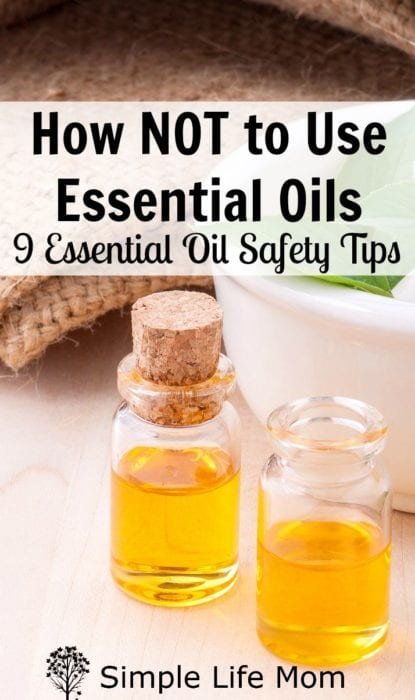


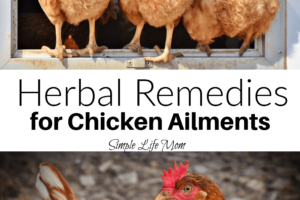
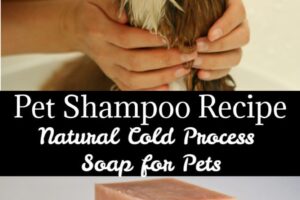
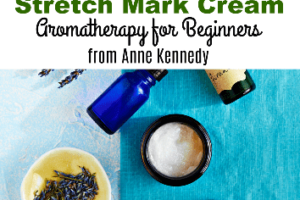
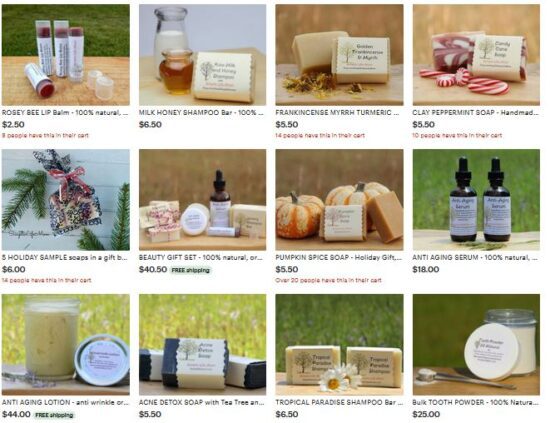
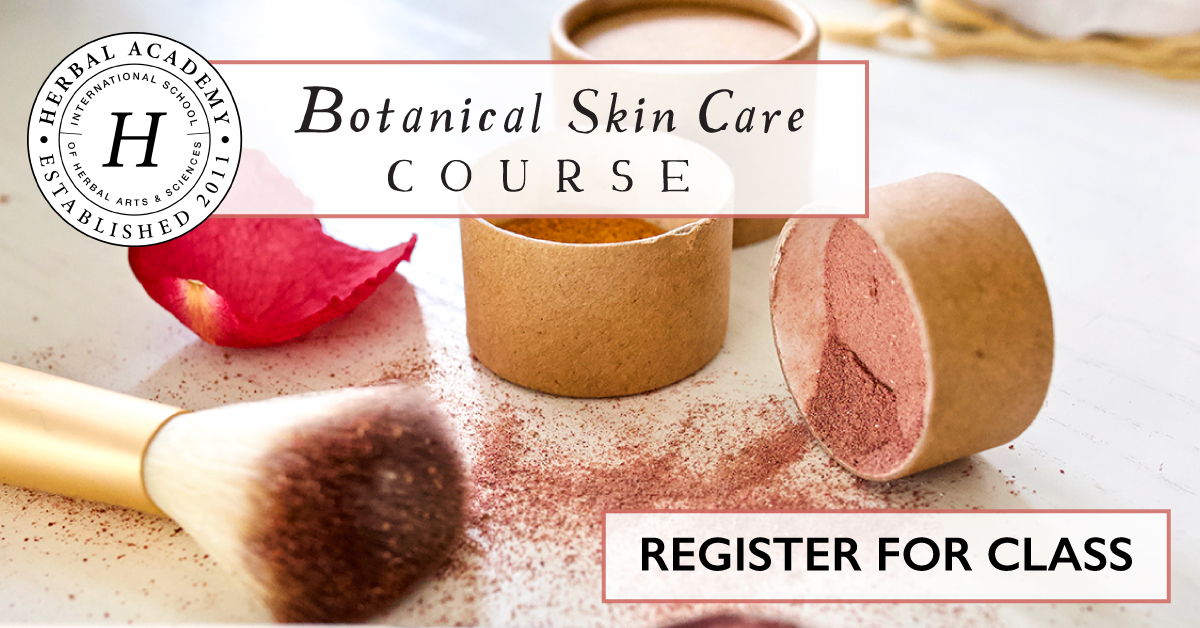
29 Comments
Leave your reply.